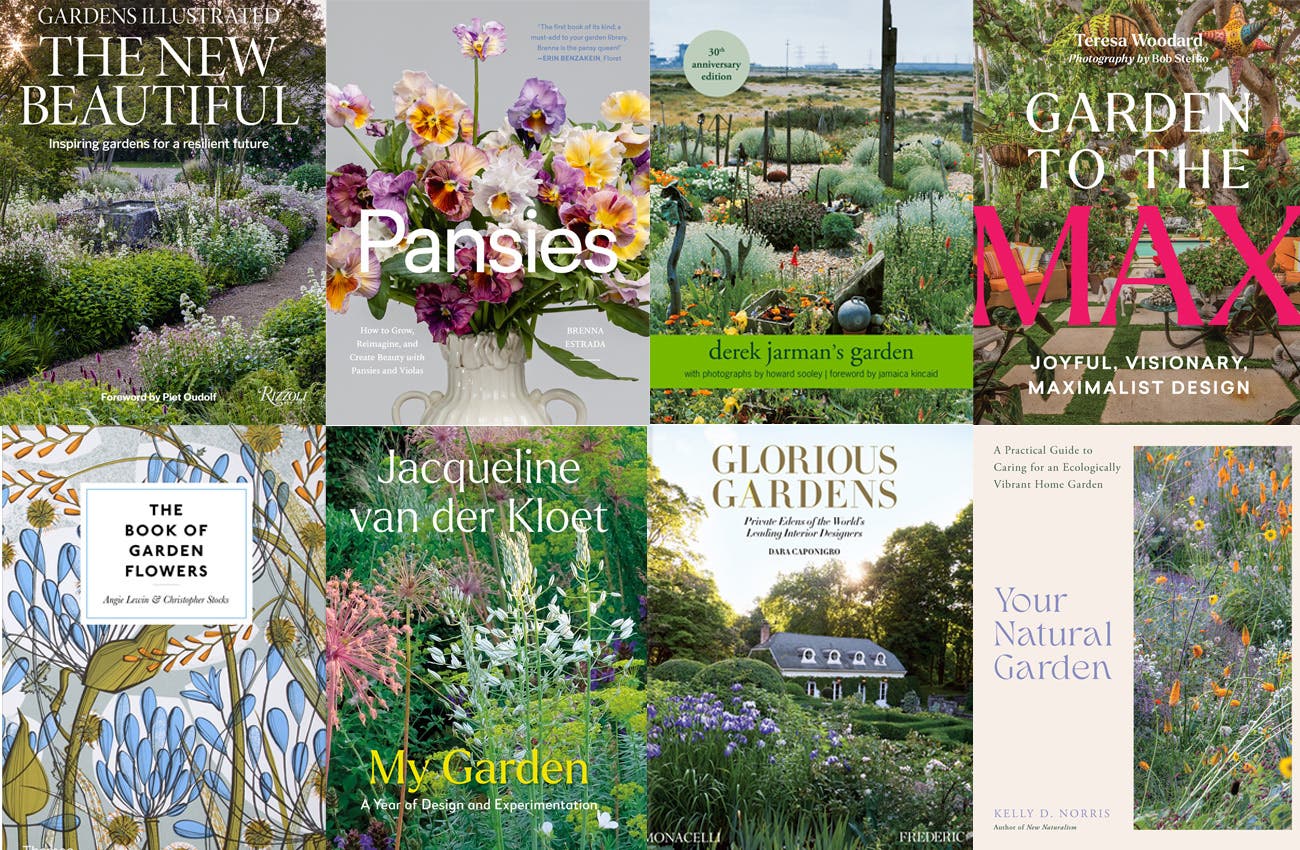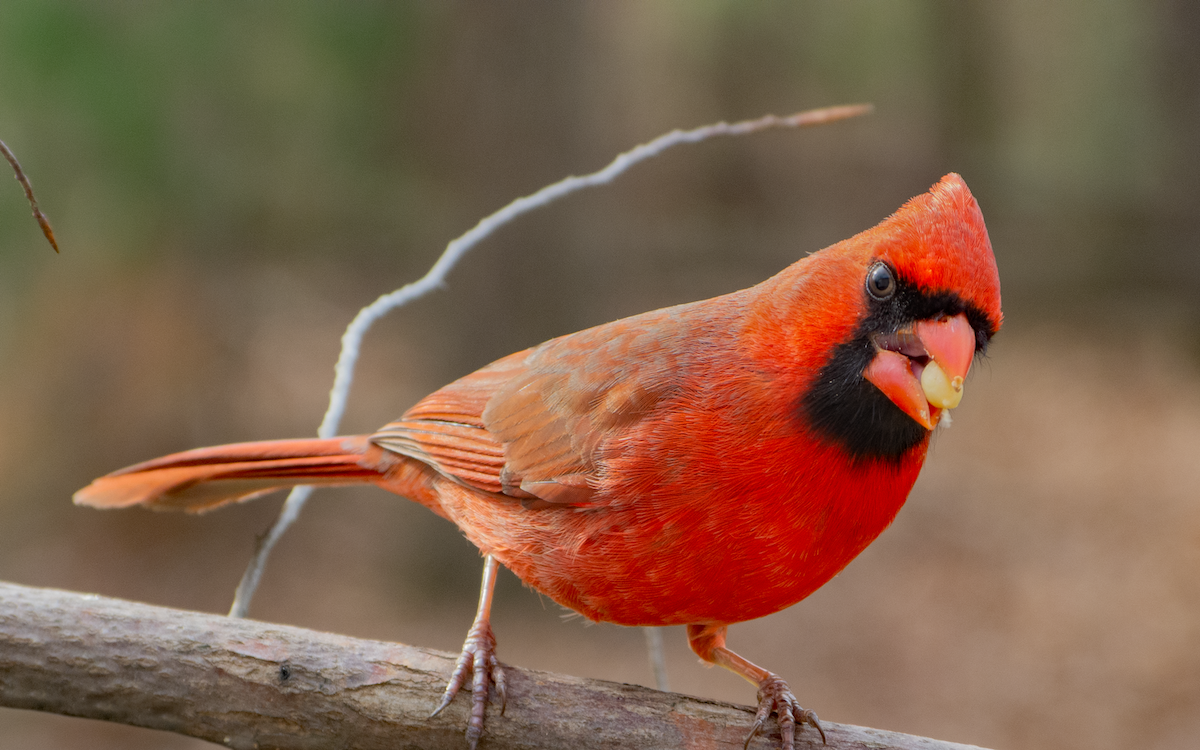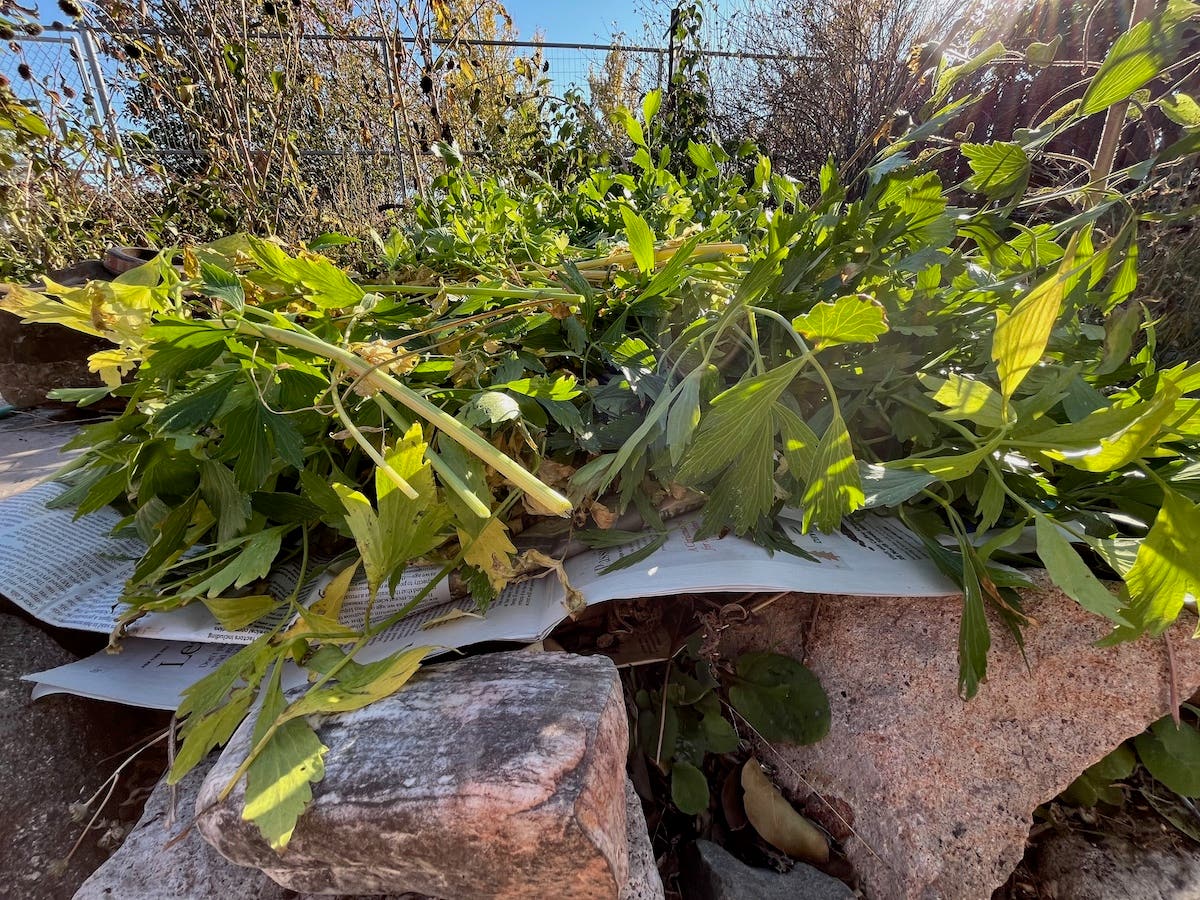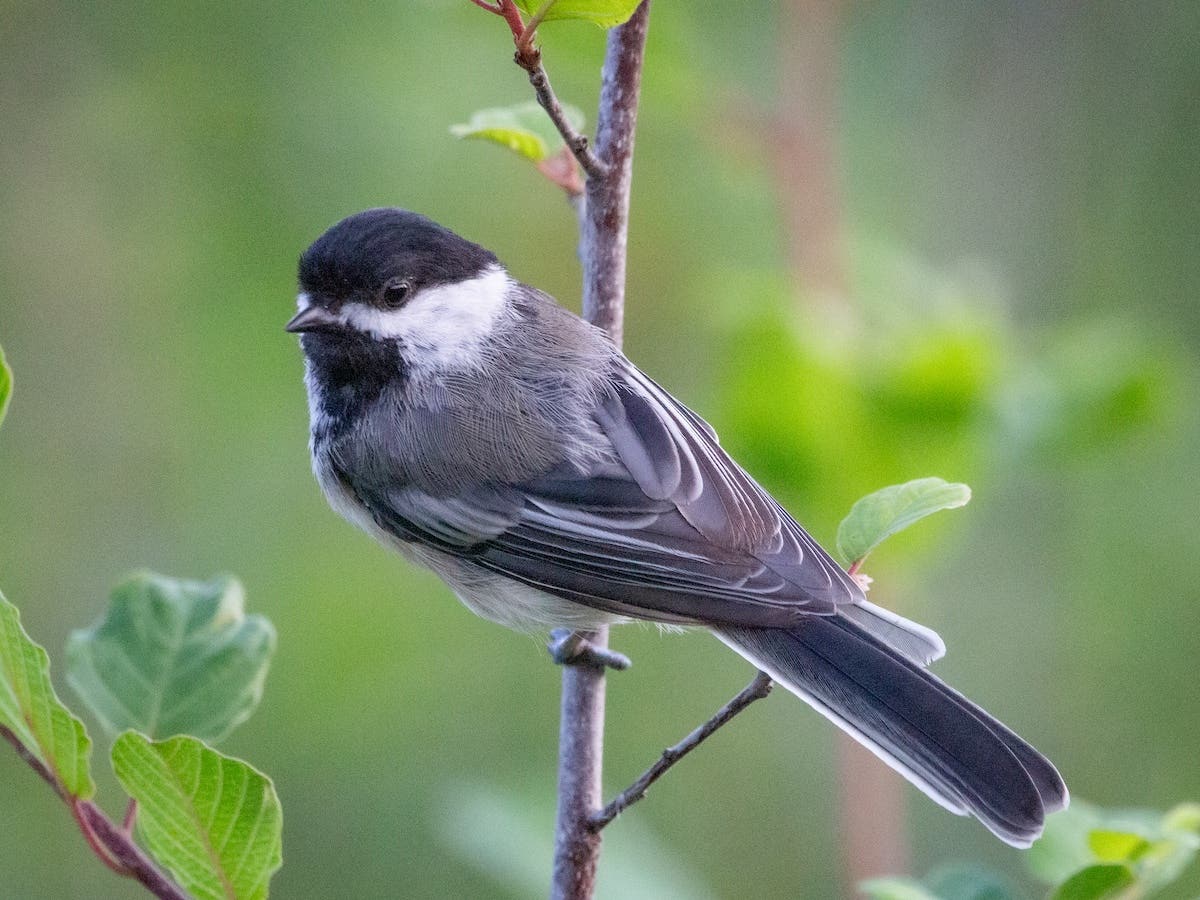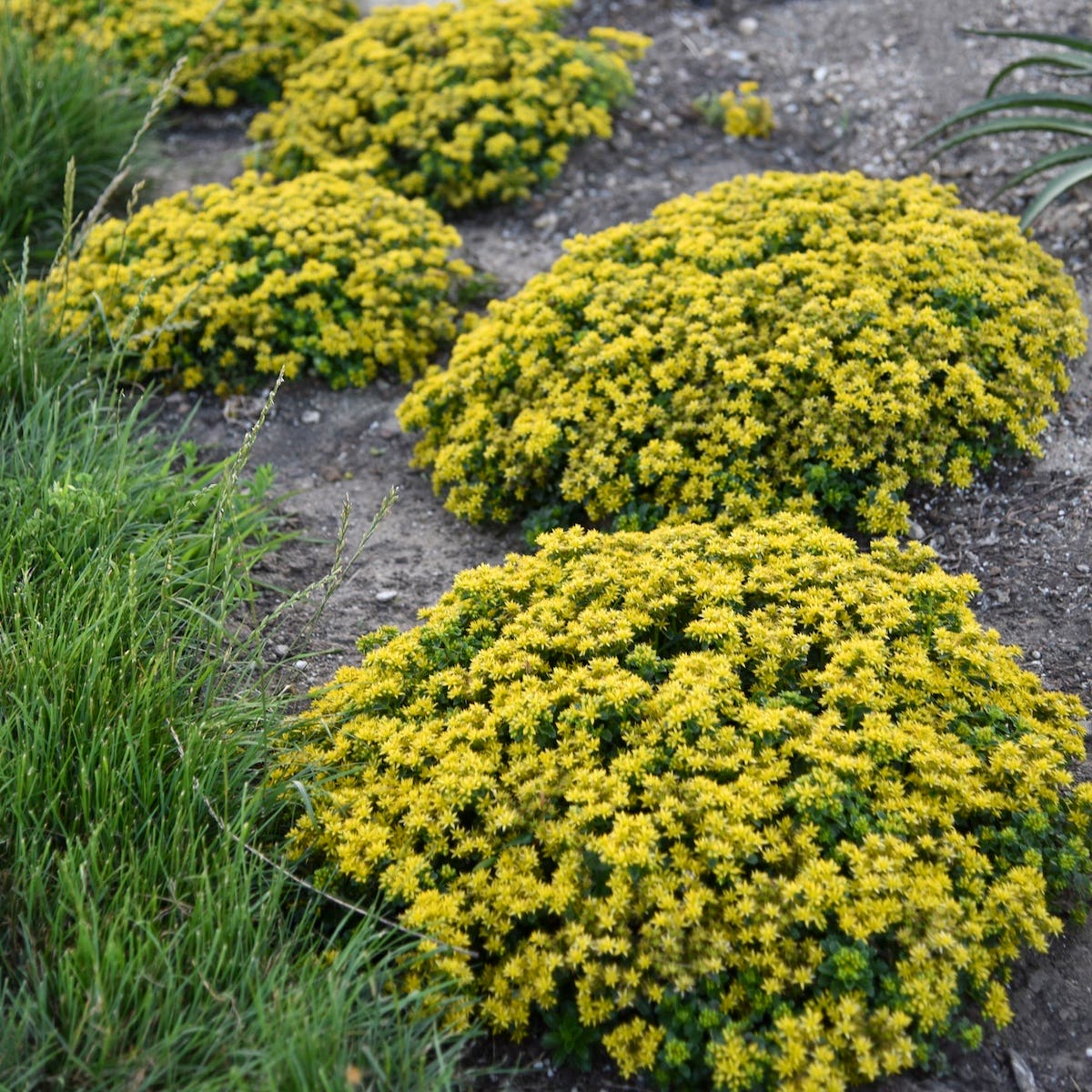Pruning Shrubs That Bloom in Spring
Here’s simple advice on pruning shrubs that bloom in spring and produce multiple stems, like lilacs.
Pruning shrubs can be an intimidating task, but it's really not that difficult with common spring bloomers that develop multiple stems. This includes lilacs (Syringa), shrubby dogwoods (Cornus), ninebarks (Physocarpus), forsythia and viburnums.
These multistemmed shrubs produce many canes, or stems, which originate below soil level. Pruning these plants should be put off until after they bloom. This ensures that you can enjoy the most flowers. Once the flowers fade, cut the oldest and tallest stems down to the ground. Remove no more than a third of the shrub in a year.
Pruning shrubs with this growth habit in this manner opens up their canopy so that more light reaches the interior and base of the plant. This results in good air flow and more light to the lower leaves. It also stimulates new growth from the base and keeps the plant at a manageable height, since you're removing the tallest stems.
If you've avoid pruning shrubs with multiple stems for years, they may benefit from more drastic action. Read about rejuvenation and renewal pruning to learn more.
Wondering when and how to trim crapemyrtle? Read "Pruning Crapemyrtle."
Learn which tool works best for pruning by hand in "Choosing Between Loppers and Hand Pruners."


